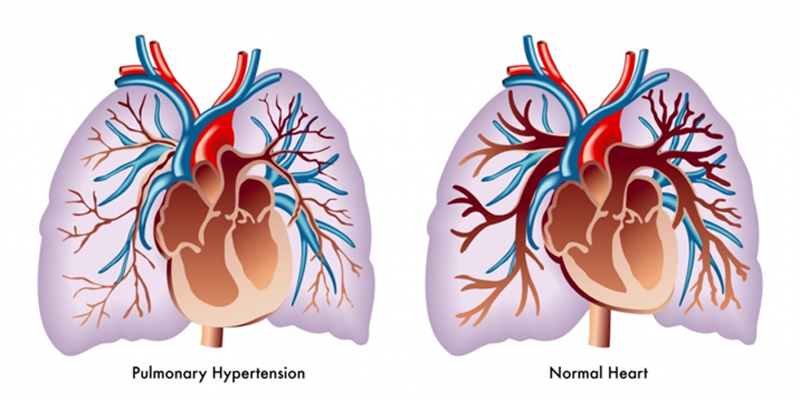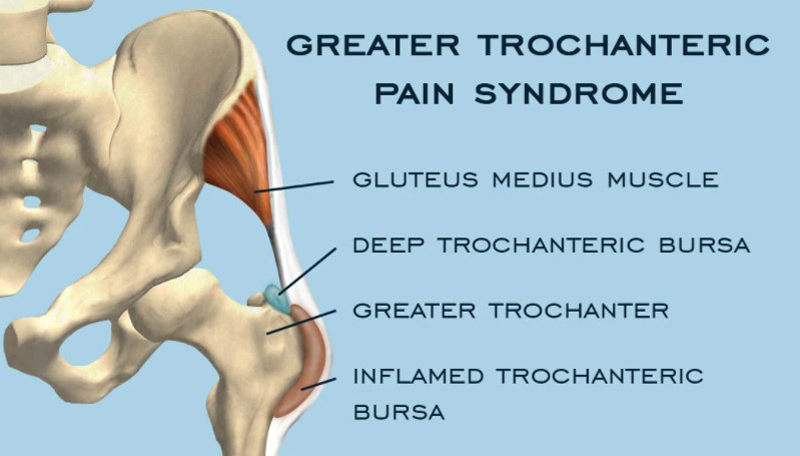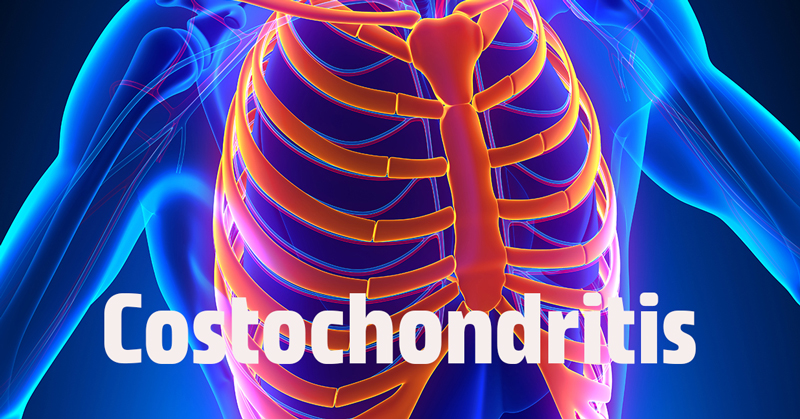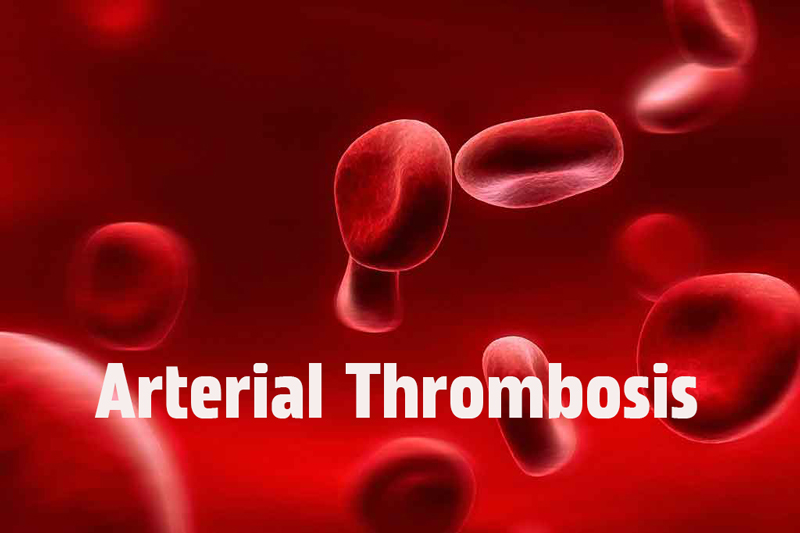Managing Arthritis Pain
Aug. 29, 2023 #Arthritis
What is Arthritis?
Arthritis is a chronic condition characterized by joint inflammation, causing pain, stiffness, and swelling. It affects people of all ages, although it is more common in older adults. There are different types of arthritis, each with its own causes and symptoms.
Common Signs and Symptoms
Symptoms of arthritis can vary depending on the specific type. However, there are common signs often experienced:
- Joint pain: one of the most common symptoms, varying in intensity and frequency.
- Limited range of motion: arthritis can cause stiffness, making it difficult to fully move the joints.
- Joint stiffness: tends to worsen with inactivity, more pronounced in the mornings or after rest.
These symptoms may vary in severity and additional symptoms may occur depending on the type of arthritis. Rheumatoid arthritis, for example, can also cause fatigue, fever, and weight loss.
Types of Arthritis
Rheumatoid arthritis is an autoimmune disease that causes joint inflammation and additional symptoms like fatigue, fever, and weight loss.
Other types of arthritis include:
- Osteoarthritis: most common type, associated with aging, causing pain, stiffness, and decreased range of motion.
- Psoriatic arthritis: associated with psoriasis, causing joint inflammation, pain, stiffness, and scaly skin patches.
- Gout: caused by uric acid crystal buildup, primarily affecting the big toe and causing severe pain, redness, and swelling.
- Ankylosing spondylitis: primarily affecting the spine, causing chronic back and neck pain and stiffness.
- Juvenile arthritis: chronic arthritis in children, with symptoms including joint pain, swelling, and stiffness.
Each type of arthritis requires a tailored treatment approach, including medications, physical therapy, lifestyle changes, and more, based on the specific type and severity.
Treatment Options
Although there is no cure for arthritis, various treatment options can help manage symptoms and improve quality of life.
Medications
Commonly used medications include nonsteroidal anti-inflammatory drugs (NSAIDs), disease-modifying antirheumatic drugs (DMARDs), corticosteroids, and biologic response modifiers.
Physical Therapy
Physical therapy improves joint function, flexibility, and strength through personalized exercise programs, including stretching, range-of-motion exercises, and low-impact aerobic activities.
Lifestyle Changes
Lifestyle changes like regular exercise, weight management, heat or cold therapy, and using assistive devices can also help manage symptoms.
Surgery
In severe cases, surgery may be considered, including joint replacement, joint fusion, or joint repair.
A personalized treatment plan, developed with healthcare professionals, can effectively manage arthritis symptoms and maintain an active lifestyle.
Importance of Early Diagnosis
Early diagnosis of arthritis is crucial for timely treatment and symptom management. It allows for personalized treatment plans addressing individual needs and goals, contributing to effective symptom management and maintaining an active lifestyle.
Timely Treatment
Early diagnosis ensures prompt treatment, alleviating pain, reducing inflammation, and slowing down disease progression. Medications, physical therapy, and non-pharmacological treatments can help manage pain, reduce inflammation, and prevent joint damage.
Improved Symptom Management
Early intervention allows individuals to actively participate in their treatment plans, resulting in more effective strategies for managing symptoms. Personalized treatment plans may include a combination of medications, physical therapy, lifestyle modifications, and assistive devices, leading to greater relief and improved functioning.
Emphasizing the importance of early diagnosis encourages individuals to seek medical attention promptly, allowing healthcare professionals to provide timely interventions. Early intervention and personalized treatment plans enable improved symptom management, better disease control, and a higher quality of life.










COMMENTS